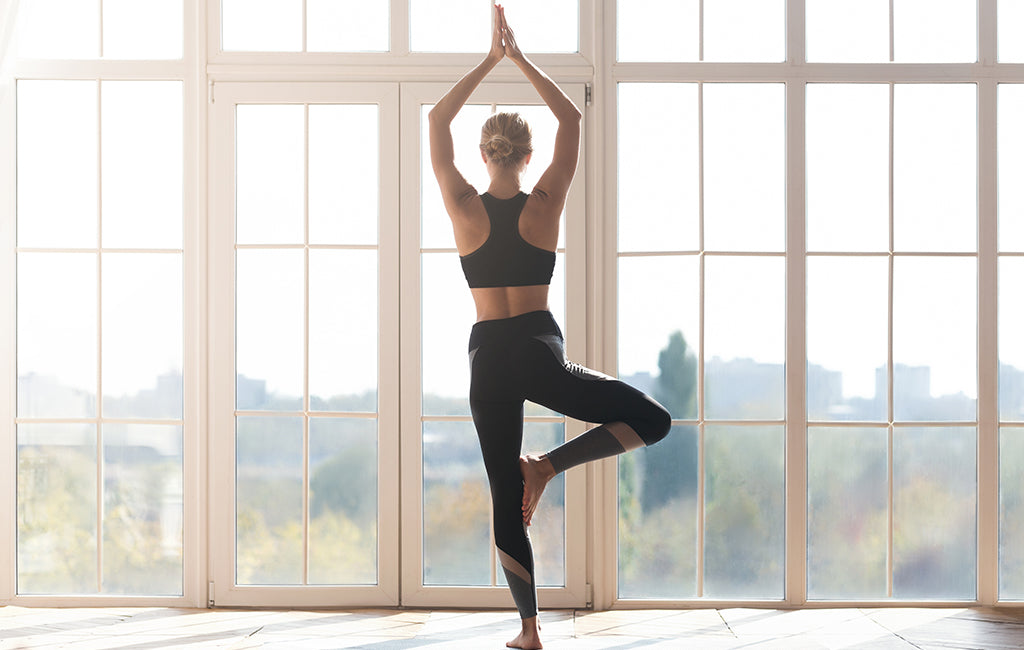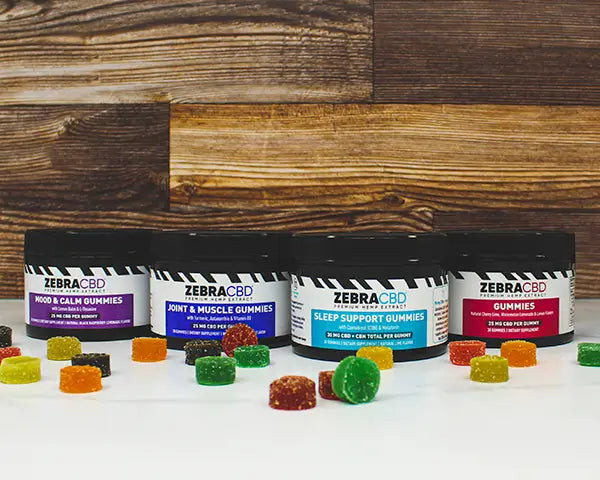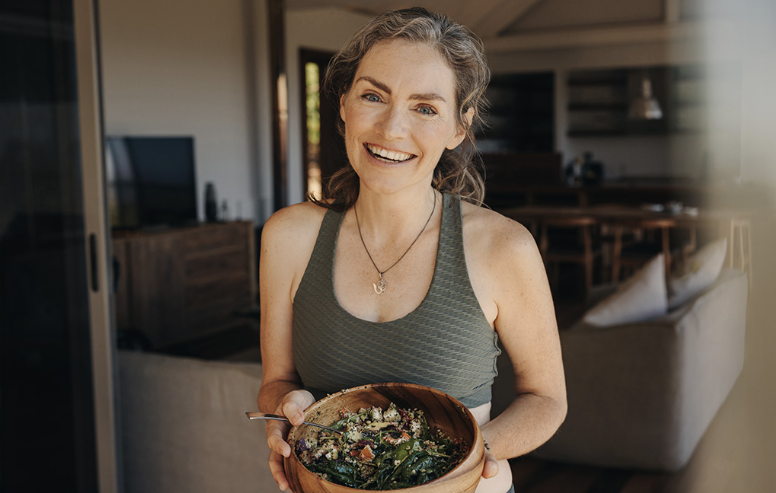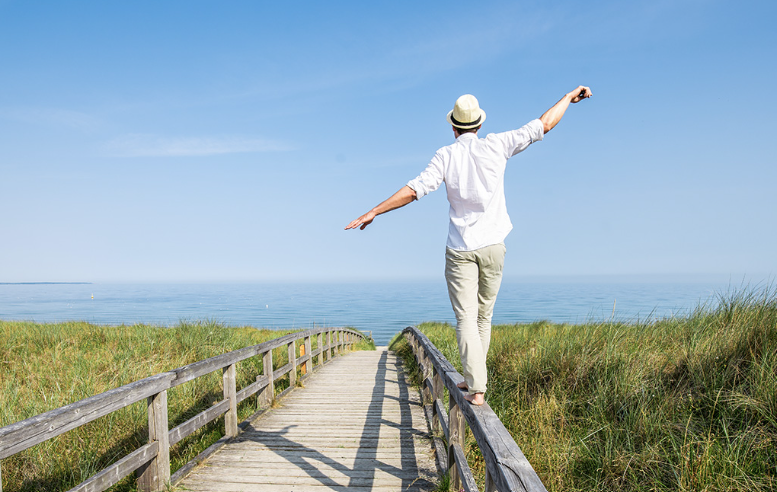
Yoga is a holistic workout that incorporates the mind, body and spirit through breath control, meditation and body postures. In addition to CBD oil products, yoga is a great way to reduce daily stress.
Today, yoga poses for stress are practiced by nearly 37 million people — but how many different styles of yoga are there? Actually, there are 10 distinct styles of yoga that suit specific goals, whether you’re looking for a relaxing stretch before bed or an intense ab-targeting workout before lunch.
No matter your preference, there’s a yoga style out there for you to balance your mind and body. Let’s explore.
Kundalini Yoga
Yogi Bhajan brought Kundalini to the west during the late 1960s, expanding the practice with Sikh mantras and Tantric yogic postures.
Kundalini Yoga emphasizes the spine and, more specifically, the dormant energy that lies at its base. This style of yoga aims to move this energy through the seven chakras to reduce stress and increase positive thinking with concentrated movements and breathing techniques.
The practice itself prepares the body for this energetic movement. To stimulate the energy, yogis perform kriyas, a series of postures, breathing exercises and sound work in which practitioners must complete each cycle to manifest mind-body-spirit union.
When attending a Kundalini Yoga class, you’ll experience:
- Core workouts
- Fast-moving postures
- Mantra chanting
- Concentrated breathwork
Vinyasa Yoga
Vinyasa Yoga dates back to the Vedic age, during which yoga originated. However, it was developed by T Krishnamacharya, an ayurvedic scholar and yoga teacher who popularized a yoga practice that catered to each individual through breath and movement.
Vinyasa Yoga emphasizes smooth transitions in a yoga pose. The practice itself is characterized by stringing yogic postures together seamlessly through breathwork so that you essentially flow through the workout. Each movement is coordinated with your breath.
The beauty of Vinyasa Yoga is that it’s variable. No routine is the same. Oftentimes, yogis who practice Vinyasa prioritize an intention above the movement, since Vinyasa is more about a sequence of consciousness and the movements are a reflection of this consciousness, whatever they may be.
When attending a Vinyasa Yoga class, you can expect:
- Continuous, fast-paced movements
- Conscious breathwork
- Various postures that often change depending on the teacher
Hatha Yoga
Hatha Yoga is a branch of yoga that emphasizes physical technique, with little to no emphasis on spiritual aspects. As such, all physical styles of yoga can be categorized as Hatha Yoga, which includes Vinyasa Yoga.
However, not all yoga is Hatha Yoga.
Wondering how to meditate during yoga? Modern Hatha practices aim to benefit your health, wellness and fitness by emphasizing yogic postures, rather than breathing, meditation or chanting. When performing Hatha, yogis focus on strength and flexibility, as well as forceful mental concentration.
Conversely, traditional Hatha practices focus on creating holistic balance, purifying the body and connecting to pure consciousness.
Types of Hatha Yoga include Asana, which is a physical practice, and Pranayama, a practice of breath retention.
During a Hatha Yoga class, you can expect:
- Slower movements
- Breath control
Ashtanga Yoga
Unlike Vinyasa Yoga, which has free-flowing movements that may differ from session to session, Ashtanga Yoga consists of six distinct movements that are performed in a specific order. Once a yogi has mastered one movement, they move on to the next yoga pose.
While Ashtanga is primarily a physical practice, it also incorporates intensive breathwork that has a spiritual component. The goal is to use your breath to reach your personal limit. Typically, when performed with a group, each individual will move through the movements at their own pace.
What to expect during an Ashtanga Yoga class:
- Physically demanding routine movements
- Combination of floor and standing postures
- Concentrated breathwork
Yin Yoga
Like Ashtanga Yoga, Yin Yoga focuses on perfecting each movement. However, Yin Yoga is performed at a much slower pace with yogis holding seated poses for up to five minutes before moving to the next position. In essence, this style of yoga is a practice in stillness.
In fact, Yin Yoga derives from martial arts practices and aims to increase the blood circulation within your joints to improve your flexibility. Yin Yoga can also be used as a type of recovery practice after a difficult workout since it provides deep stretches for your muscles and joints. When holding each position, practitioners also aim to control their mind and body through meditation.
When attending a Yin Yoga session, you can expect:
- Slow-movements
- Seated positions
- Deep stretching
- Meditative practices
Iyengar Yoga
B.K.S Iyengar established this alignment-based practice during the 20th century in India. Typically, a yoga instructor who instructs Iyengar Yoga must go through a high level of training involving props. Props used in Iyengar Yoga include chairs, walls, benches, straps and blocks.
It’s a static type of practice in which practitioners hold positions for long periods of time to achieve alignment through precise movements and a variety of postures. This type of practice is particularly popular with older yogis.
What to expect when attending an Iyengar Yoga class:
- Detailed instruction
- Long-held poses
- Static positions
Bikram Yoga
Bikram yoga is a form of hot yoga that was established by Bikram Choudhury, an Indian-American yoga teacher. In 2017, Choudhury faced sexual assault and harassment lawsuits and fled to Mexico. As such, many studios that previously taught Bikram now call the practice hot yoga.
The practice consists of 26 fixed movements that are performed in the same order.
In addition to its strict movements, Bikram Yoga must also be performed for 90 minutes in a room that’s 105 degrees Fahrenheit with 40 percent humidity. The movements and temperature promote flexibility, as well as body circulation and detoxification.
If you plan to attend a Bikram Yoga session, you can expect:
- Lots of sweating
- 26 physical postures, performed two times
- Poses that emphasize on body alignment
Power Yoga
Rooted in Ashtanga Yoga, Power Yoga is a physical exercise that involves speed and rapid body movements to strengthen the muscles and increase flexibility. However, unlike its counterpart, Power Yoga is significantly less regimented than Ashtanga Yoga and open to individual interpretation.
In essence, Power Yoga combines fast-moving and intensive positions with slow-moving yoga to ease students in and out of the practice. Many yoga studios also hold hot Power Yoga sessions, however, the practice can also be performed at a comfortable room temperature.
When attending a Power Yoga session, you’ll experience:
- Quick yoga sequences
- A good workout
- Mentally challenging positions
Sivananda Yoga
As a form of Hatha Yoga, Sivananda Yoga is a type of practice that emphasizes spiritual and energetic work. Sivananda sequences are relaxing and slow-moving, with breathwork incorporated into each movement. This style is designed to improve overall health and wellness.
Essentially, a Sivananda session starts with a relaxed Corpse Pose, in which practitioners lie with their backs on the ground. They’ll then cycle through a sequence of breathing exercises, sun salutations and 12 basic poses.
When attending a Sivananda session, you can expect:
- Gentle sequences
- Slow movements
- Spiritual breathwork
Restorative Yoga
Restorative Yoga is just as it sounds — calm, slow-moving and completely relaxing. With the use of props like blocks, practitioners are encouraged to relax into each position and then hold them for at least five minutes.
The majority of poses are not intensive, and some yogis even fall asleep during the sessions. Some sessions even included guided meditations, in which the instructors encourage their students to drift between wakefulness and sleep.
Restorative Yoga puts an emphasis on calming and regulating the nervous system to reduce feelings of stress. It’s also a popular practice among athletes looking for some downtime before the next big game.
When attending a Restorative Yoga session, you can expect:
- Five or six poses
- Light twists and seated positions
- Slow movements
Using CBD Oil to Aid Your Practice
In addition to practicing yoga, CBD oil can also help calm your mind and body. More specifically, CBD is a type of plant-based cannabidiol that derives from the hemp plant and interacts with the body’s endocannabinoid system (ECS).
The endocannabinoid system is a complex network of receptors located throughout the body that helps to regulate the body’s systems and keep them working harmoniously.
CBD works to promote your overall health and wellness. When CBD interacts with your body’s endocannabinoid system it can help regulate your mood, energy levels and sleep schedule.
Incorporate Zebra CBD Into Your Flow
When learning how many different kinds of yoga are there, it can be easy to get overwhelmed by the vast amount of branches and individual practices. However, no matter the style you choose, a regular yoga practice can instill both restorative and intensive benefits your body will thank you for.
Take your health one step further with Zebra CBD, your trusted CBD expert.
We offer a lineup of premium CBD for health and vitality. Each of our CBD products is made with organically grown hemp extract. In addition, our products have a Label Accuracy Guarantee™, so you can be sure you’re only giving your temple the best.
Our offerings include premium CBD oils, CBD topicals, CBD chewable tablets and CBD edibles.
Treat your mind, body and soul with Zebra CBD today.
Source:
Yoga Medicine. Types of Yoga: A Guide to the Different Styles. https://yogamedicine.com/guide-types-yoga-styles/
AARP. Which Yoga is Right For You? https://www.aarp.org/health/fitness/info-09-2009/which_yoga_is_right_for you_.html










